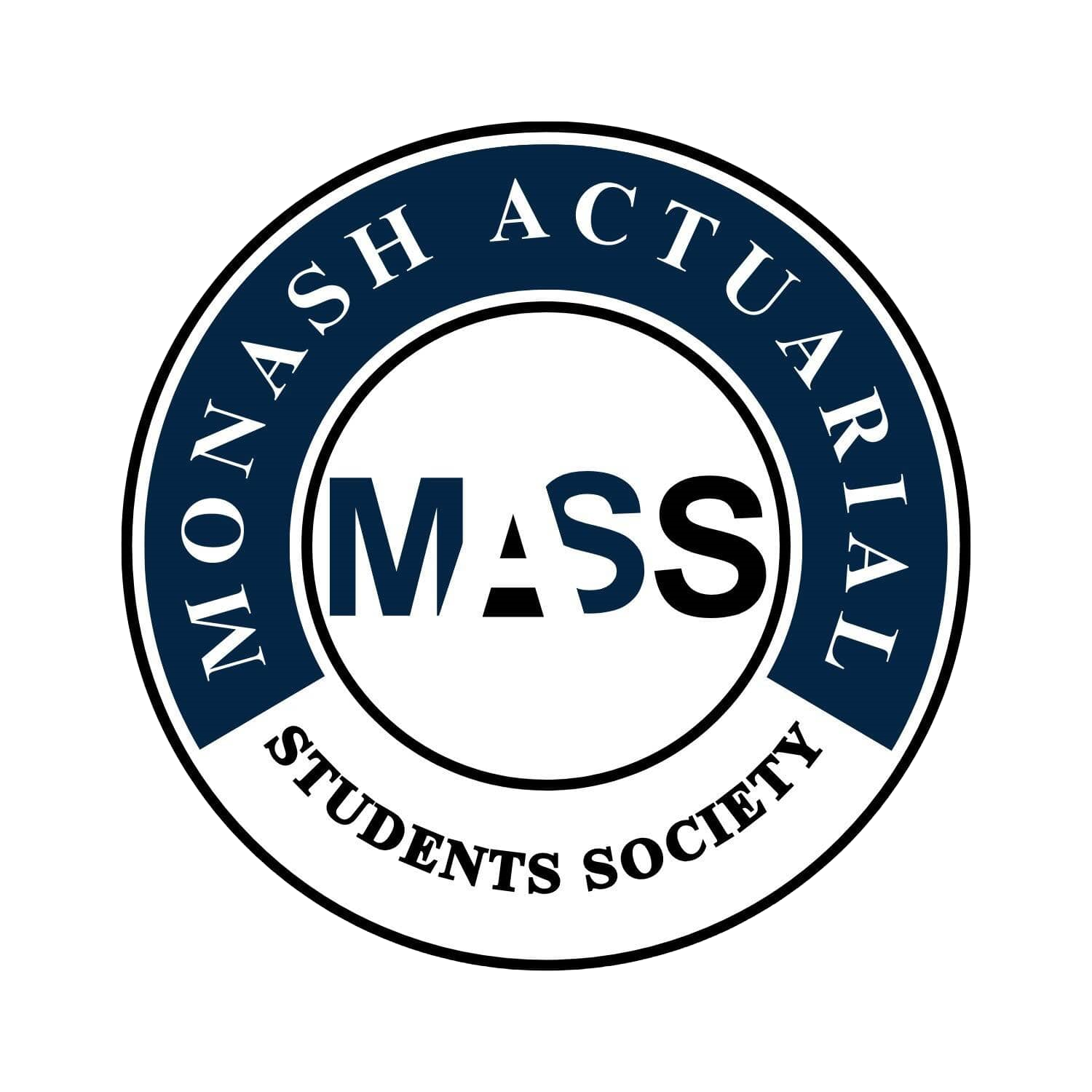MTH1030 Techniques for Modelling (Sem 2 2023)
Difficulty:
Year Completed: Semester 2, 2023
Prerequisite: MTH1020 (min. 60) or VCE Specialist Mathematics U3&4 (min. raw score 30)
Exemption: N/A
Mean Setu Score: 81.44%
Clarity of Learning Outcomes: 85.71%
Clarity of Assessments: 85.71%
Feedback: 80.36%
Resources: 75.44%
Engagement: 84.21%
Satisfaction: 77.19%
Subject Content:
Lecture(s) and Tutorial(s):
Textbook(s):
Assessments:
The content of the unit was in two parts
Part 1: Calculus
This part includes different types of numbers, sequences and functions. The topics involved limits of different functions and sequences using theorems like L’ Hopital’s rule, squeeze law and monotone bounded sequence theorem. It also included calculating sums and checking the convergence of finite and infinite series. Additionally, Taylor’s series and its applications were also introduced in this part along with differentiation and integration. FInally, a great portion of the content was also focused on differential equations of order 1 and 2 and its applications.
Part 2: Linear Algebra
This part involved topics like vectors and its operations like cross products, projections and so on. Calculation of vector equations of lines, points and lines, and planes were taught along with solving systems of linear equations using Gaussian elimination. Furthermore, a great emphasis was put on calculating determinants of 2x2 and 3x3 matrices using Laplace expansion, inverse of matrices, eigenvalues and eigenvectors, linear transformations and projections.
3 x 1 hour lectures
1 x 1.5 hour applied class
Anton and Rorres - Elementary Linear Algebra
Stewart - Calculus: Early Transcendentals.
Lectures notes by Bukard Polester were used throughout the semester which was a great resource since they were very detailed.
3 Assignments (Individual) each 10%
Applied Class Engagement 10%
Final Exam 60%
Comments
General Overview:
Lectures:
Tutorials:
Assessments/Other Assessments
Exams
Concluding Remarks
The unit is more on the harder side when compared to all other first year units. The lectures are very content heavy and require us to go through the concepts at our own time to understand them completely. While the calculus part of the unit was more mathematical and straightforward, the linear algebra part was quite theoretical, hence was found difficult by many students. However the theories and topics covered in this unit are very important and will be used in many future units.
There were two lecturers for this unit, one for the calculus part and the other for the linear algebra part. The lectures for the calculus part were amazing and extremely engaging. The lecturer used several examples and explained how to work them out. Although it is manageable to do this unit without attending the lectures, they did provide extra dept and examples of several concepts which are not in the lecture notes. The lectures for linear algebra were way less engaging and pretty boring. The lecturer struggled to explain some of the concepts however attending his consultation provided a lot of help.
Although most of the lecture notes were complete, they had some example questions that were supposed to be filled by students while watching the lectures.
The applied classes were quite useful and mostly involved us working in groups in zoom breakout rooms to complete the problem set after the tutor had explained any important concepts that we needed more explanation of. Despite the fact that working in breakout rooms involved most of the students not saying anything in the time allocated, it was important as 10% of the final grade was from participation in the class. Since the problem sets were so lengthy, most of it was not completed in the applied class, hence working on it before the class proved to be quite effective. The tutor always end the breakout rooms 10 mins before the end of class to explain any difficult and important question in the problem set.
Applied Class Engagement:
This 10% is quite easy to score as it involves showing up to each tutorial and participating in the discussions.
Assignments
The assignments in this unit were quite difficult as they were very applied and involved using several calculations based on situations. The third assignment requires students to use Mathematica to conduct all the calculations and no Mathematica training was given in the lectures or applied classes and students were advised to use youtube or other resources. Most students found this assignment very hard. However, the assignments were pretty useful for the understanding of the content.
The final exam which was 2 hours and 10 minutes was pretty straightforward and mostly included MCQs, fill in the blanks questions and true or false questions. In addition to these, hybrid questions were also on the exam where all the steps had to be provided in deriving the answer to get full marks. Compared to the content and assignments in the unit, the exam was slightly easier.
Some practice exams were provided with answers along with a mock final exam. In addition to this, the lecturers also conducted 2 review sessions to provide revision for the topics.
This unit is very useful for future math units as most of the basics are taught here. Scoring high in this unit requires students to take some extra time to do the problem sets and finish the practice exams and quizzes.

